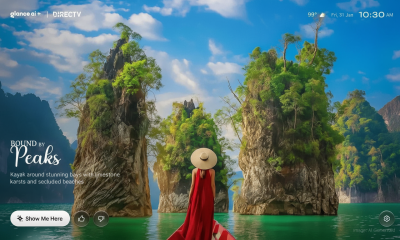Fashion
Capsule Wardrobe Guide 2025: How to Build Timeless Style
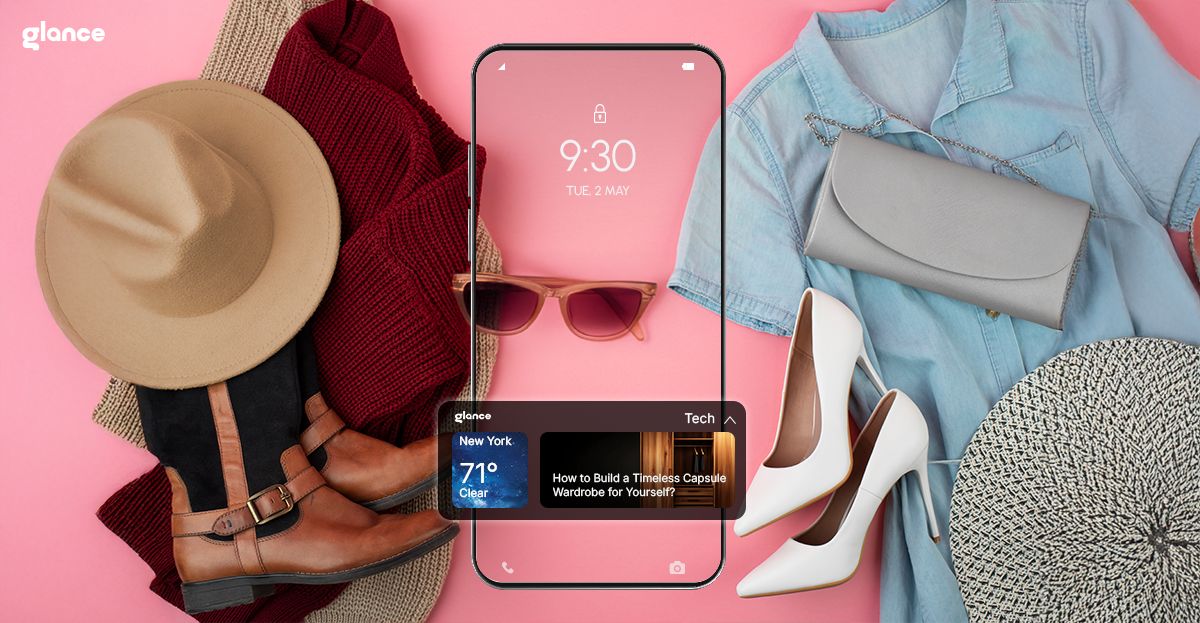
Introduction
Fashion in 2025 has taken a refreshing turn toward simplicity. Instead of overflowing closets, more people are embracing the capsule wardrobe approach a streamlined collection of versatile pieces that can be mixed and matched for countless looks. Whether you’re a minimalist or someone who simply wants fewer clothing decisions, learning how to build a capsule wardrobe can help you dress smarter while saving time and money.
This article will break down what a capsule wardrobe is, why it matters, the essentials for capsule wardrobe men, and step-by-step guidance on how to build a capsule wardrobe that works year-round.
What is a Capsule Wardrobe?
At its core, a capsule wardrobe is a small but thoughtfully curated collection of clothing designed to maximize outfit combinations. Instead of owning 100 items, you focus on 25–30 versatile pieces that work together seamlessly.
The capsule wardrobe concept has been around for decades but is now more relevant than ever. People are seeking less clutter, sustainable choices, and timeless fashion they can rely on daily. In short, a capsule wardrobe isn’t just about fewer clothes — it’s about smarter clothes.
Why Capsule Wardrobes Matter in 2025
A capsule wardrobe is more than a trend; it’s a lifestyle shift. Here’s why it matters:
- Sustainability: Reduces fashion waste by focusing on quality items.
- Financial benefits: You invest in timeless pieces instead of chasing fast fashion.
- Decision fatigue: Fewer clothing options mean easier mornings.
- Global influence: Across cultures, capsule wardrobes are a unifying idea of practicality.
For men, capsule wardrobe men collections are gaining momentum. Instead of filling closets with unused shirts and jackets, men are creating simple wardrobes of versatile pieces that work for both office and casual wear. By 2025, we’re seeing a shift where capsule wardrobe men trends align with minimalism, sustainability, and functional fashion.
How to Build a Capsule Wardrobe (Step-by-Step)
Step 1: Assess Your Lifestyle
Start by thinking about your daily routine. Do you go to work in an office, or do you work from home? Do you need formal clothes or more casual wear? How often do you attend events or go out?
Your lifestyle will help you decide what types of clothes you need in your capsule. A student’s wardrobe will look different from a professional’s or a stay-at-home parent’s.
Step 2: Declutter Your Closet
Go through all the clothes you currently own. Take out anything that:
- Doesn’t fit
- You haven’t worn in the last year
- Feels uncomfortable
- Doesn’t suit your personal style
You can donate, sell, or recycle these items. Keep only the pieces you love, wear often, and feel good in.
Step 3: Choose a Color Palette
Sticking to a color palette makes it easy to mix and match your clothes. A good idea is to choose:
- 2–3 base colors like black, navy, grey, or white
- 2–3 accent colors that you enjoy wearing (like olive green, mustard yellow, or blush pink)
Neutrals keep your wardrobe flexible, while accent colors add personality.
Step 4: Pick Your Wardrobe Essentials
Your capsule wardrobe will include several categories of clothing. The number of items may vary based on your needs, but a standard capsule wardrobe often includes 30 to 40 pieces (not counting workout clothes, underwear, or special occasion outfits).
Here’s an example breakdown:
1. Tops (8–10 items):
- T-shirts
- Button-down shirts
- Blouses
- Lightweight sweaters
2. Bottoms (5–7 items):
- Jeans
- Trousers
- Skirts
- Shorts
3. Outerwear (3–5 items):
- Blazer
- Trench coat
- Denim jacket
- Wool coat
4. Dresses (2–4 items):
- Casual day dress
- Classic black dress
5. Shoes (3–5 pairs):
- Sneakers
- Flats or loafers
- Boots
- Heels or dress shoes
6. Accessories (optional):
- Belt
- Scarf
- Crossbody bag
- Tote bag
Choose high-quality items that are comfortable, easy to care for, and fit well.
Step 5: Add Seasonal Pieces
Since Canada, Europe, and many parts of the world have four seasons, it’s helpful to rotate your wardrobe. Keep seasonal clothes in storage when they’re not in use.
In spring and summer, add light fabrics like linen and cotton. In fall and winter, include knits, coats, and boots. This keeps your wardrobe fresh without increasing the total number of items.
Step 6: Shop Smart
When you do shop, look for quality over quantity. Before buying something new, ask yourself:
- Do I really need it?
- Will it match with other pieces in my wardrobe?
- Is it comfortable and good quality?
- Can I wear it in multiple ways?
Stick to your color palette and avoid buying items just because they’re on sale or trendy.
Step 7: Style Your Outfits
With your capsule wardrobe in place, start putting together outfits. Since all your pieces go well together, mixing and matching becomes fun and easy.
You’ll be surprised at how many outfits you can create from just 30 to 40 items. Try layering, tucking in shirts, rolling sleeves, or adding a scarf to change your look.
Capsule Wardrobe for Men: Essential Pieces
The rise of capsule wardrobe men fashion has made it clear that less really is more. Here are the essentials:
- Shirts: A plain white shirt, a light blue Oxford, and a polo are enough to cover work and casual needs.
- Bottoms: Two pairs of well-fitted chinos, one dark denim, and tailored trousers.
- Outerwear: A versatile blazer, a denim jacket, and a lightweight coat.
- Footwear: White sneakers, loafers, and black lace-ups for formal events.
- Accessories: A quality belt, watch, and neutral tie.
When styling, these few pieces can be mixed into dozens of combinations. By building a capsule wardrobe men collection, guys can stay polished without constantly chasing fleeting trends.
Mistakes to Avoid When Creating a Capsule Wardrobe
While how to build a capsule wardrobe is simple, there are common mistakes to avoid:
- Buying too many statement pieces: Loud prints or seasonal items don’t blend easily.
- Ignoring lifestyle needs: A corporate wardrobe looks very different from a freelancer’s.
- Overloading on neutrals: A pop of color or pattern adds personality.
- Forgetting accessories: Shoes and bags make a capsule wardrobe feel complete.
By keeping these mistakes in mind, anyone can refine their approach to how to build a capsule wardrobe successfully.
Capsule Wardrobe Tips for 2025
As fashion trends change, so do the details of a capsule wardrobe. In 2025, here are a few style tips to keep your capsule modern and relevant:
- Look for sustainable fabrics like organic cotton, bamboo, or recycled fibers
- Include gender-neutral styles if that suits your identity
- Invest in timeless accessories like a leather belt or classic watch
- Choose versatile footwear that works for different outfits and occasions
- Opt for wrinkle-resistant materials if you travel or commute often
Fashion in 2025 is more about being true to yourself than following fast trends. A capsule wardrobe helps you do just that.
The Future of Capsule Wardrobes with AI Tools
In 2025, technology and fashion intersect in powerful ways. AI is transforming the way we think about capsule wardrobes:
- Digital closets: AI tools scan your wardrobe and suggest new outfit combinations.
- Smart shopping: Platforms like Glance recommend pieces that fit directly into your capsule wardrobe, preventing impulse buys.
- Sustainability: AI tracks how often you wear items, nudging you toward a practical capsule wardrobe.
This shift shows that capsule wardrobes aren’t just about minimalism they’re about personalization, data-driven choices, and smarter fashion strategies.
Conclusion: Why Capsule Wardrobes Work
The capsule wardrobe movement is growing because it makes life simpler, fashion smarter, and shopping more intentional. For men, capsule wardrobe men styles highlight how timeless essentials can carry a wardrobe year-round. For anyone asking how to build a capsule wardrobe, the answer lies in thoughtful selection and consistency.
With tools like Glance, you can create a digital capsule wardrobe tailored to your lifestyle. From everyday essentials to AI-curated suggestions, fashion becomes less about chasing trends and more about building timeless style.
Download Glance today and discover how easy it is to build your perfect capsule wardrobe smarter shopping, fewer choices, timeless looks.
Fashion
The Rise of the Cold Culture Jacket: A New Era of Warmth
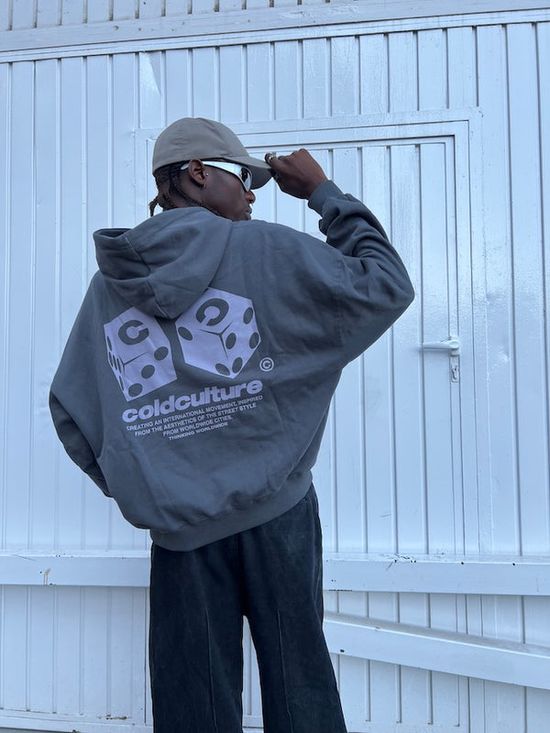
Introduction
When temperatures drop and winter winds cut through even the thickest layers, one piece of clothing stands out as both a practical essential and a cultural statement: the Cold Culture Jacket. In recent years, this jacket has become more than a wardrobe staple—it has evolved into a symbol of resilience, personality, and modern streetwear fusion. Whether you’re braving icy mornings, exploring snowy landscapes, or simply searching for a statement piece that reflects your style, the Cold Culture Jacket blends innovation with fashion in a way few outerwear items can.
A Jacket That Redefines Winter Wear
The concept behind the Cold Culture Jacket is built on blending functionality with aesthetics. Traditional winter wear often leans too heavily in one direction—either too bulky to be stylish or too fashionable to actually keep you warm. This jacket disrupts that pattern by offering an ideal balance between comfort, warmth, and contemporary design.
Crafted with advanced insulating materials, intelligent ventilation systems, and ergonomic tailoring, the Cold Culture Jacket focuses on solving real winter challenges. The outer shell is often weather-resistant, making it capable of standing up to snow, sleet, and icy rain. Meanwhile, the inner lining traps warmth without creating unnecessary weight, giving wearers the freedom to move comfortably through the day.
This balance is what sets the Cold Culture Jacket apart and positions it as a new essential for anyone who lives—or travels to—a cold climate.
Why the Cold Culture Jacket Is Dominating Today’s Fashion Trends
A major reason behind the jacket’s rising popularity is its ability to fit into multiple fashion categories at once. It is as functional as a performance jacket yet as stylish as premium streetwear. This versatility helps it connect with different audiences, from urban fashion lovers to outdoor adventurers.
1. Streetwear Influence
The rise of streetwear culture has opened the doors for practical, oversized, and bold outerwear. The Cold Culture Jacket aligns perfectly with this movement through its clean lines, structured silhouettes, and statement-making presence. Many wearers treat the jacket as a centerpiece of their winter outfits, pairing it with hoodies, joggers, or layered tees.
2. Minimalist Design, Maximum Impact
While some jackets rely heavily on patterns or flashy details, the Cold Culture Jacket often leans toward minimalism. Its strength lies in simplicity—sharp cuts, monochrome or muted colors, and subtle branding. This minimal approach makes the jacket timeless, ensuring that it doesn’t fade out with ever-changing fashion trends.
3. High-Tech Materials for Modern Living
Winter weather is becoming more unpredictable, which increases the demand for outerwear capable of adapting to both extreme temperatures and everyday comfort. Many Cold Culture Jackets feature warming technologies such as down alternatives, wind-blocking membranes, and moisture-wicking fabrics. These upgrades make it not only stylish but also truly functional in unpredictable climates.
4. Eco-Conscious Innovation
In the age of sustainable fashion, consumers are more aware of their environmental impact. Some Cold Culture Jacket designs incorporate recycled fabrics, cruelty-free insulation, and eco-friendly manufacturing processes. This sustainability angle adds to the jacket’s appeal, attracting environmentally conscious buyers.
How the Cold Culture Jacket Enhances Personal Style
One of the strongest aspects of the Cold Culture Jacket is its adaptability. It sharpens the appearance of casual outfits, elevates athleisure combinations, and adds a sophisticated layer to smart-casual wear. Its structured form enhances posture and creates a polished silhouette regardless of the rest of the outfit.
Here are a few ways it amplifies personal style:
1. Layering Made Effortless
The jacket is spacious enough to pair with chunky knits, thermal tops, or hoodies without feeling tight. This makes it ideal for creating layered winter looks that are both warm and stylish.
2. Works for Different Occasions
From daily commutes to winter travel, from coffee outings to casual office environments, the Cold Culture Jacket flows seamlessly with various settings. It’s not limited to one specific look, which makes it an investment-worthy piece.
3. Statement Through Subtlety
Even without loud prints or flashy logos, the Cold Culture Jacket commands attention. Its minimalist structure makes a statement through sophistication rather than exaggeration, which appeals to both understated dressers and trend-forward fashion lovers.
Comfort and Warmth Without Compromise
The hallmark of a true winter essential is its ability to keep you warm without restricting movement. The Cold Culture Jacket is engineered to provide incredible insulation while remaining surprisingly lightweight. Features like adjustable cuffs, insulated hoods, fleece-lined pockets, and windproof zippers all contribute to unmatched comfort.
Additionally, the breathability factor prevents overheating—a common issue with older winter coats. This makes it ideal for those who move between indoor and outdoor environments frequently.
A Cultural Movement in Outerwear
Beyond fashion, the Cold Culture Jacket symbolizes a broader lifestyle shift. It represents readiness for adventure, determination in harsh environments, and a modern approach to self-expression. People aren’t just dressing for warmth anymore—they’re dressing for identity.
Winter clothing used to be merely functional. Today, it is cultural. The Cold Culture Jacket stands at the intersection of that transformation, serving as a canvas for personal style and a badge of winter-ready confidence.
Final Thoughts: The Must-Have Jacket for Modern Winters
In a world where versatility, sustainability, and individuality hold more value than ever, the Cold Culture Jacket earns its growing reputation. It is warm enough to handle severe cold, stylish enough to elevate any outfit, and durable enough to last through many winters.
If you’re looking for outerwear that represents both comfort and culture, this jacket isn’t just an option it’s an essential. As cold seasons become more demanding and fashion trends more fluid, the Cold Culture Jacket proves that you don’t have to choose between practicality and style. You can have both, wrapped into one powerful winter statement.
Fashion
Cold Culture Sweatshirt: Style, Comfort, Identity
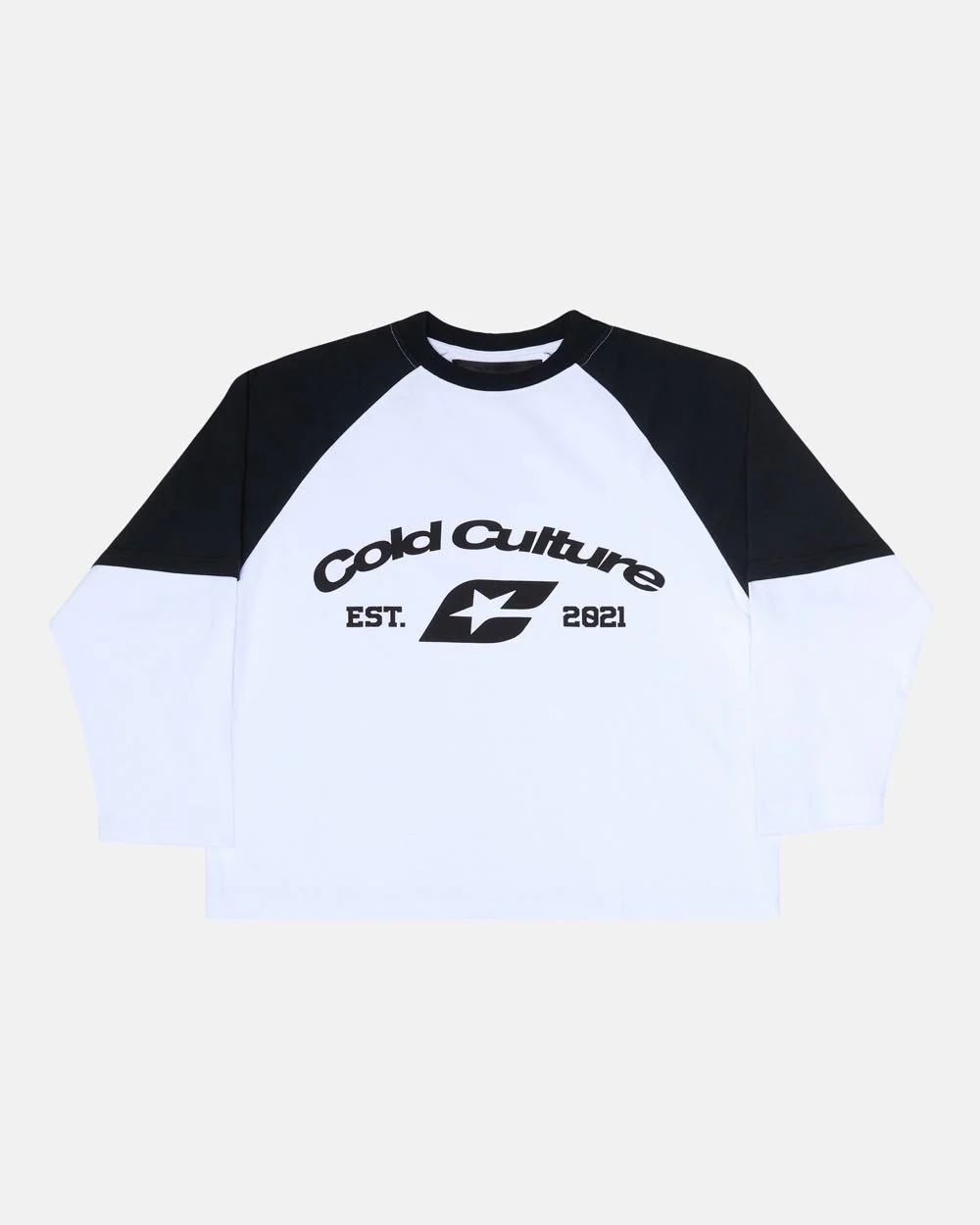
Introduction
In today’s rapidly evolving fashion landscape, comfort and culture-driven design are more influential than ever. Among the many wardrobe staples making a big impact, the cold culture sweatshirt has risen to the top as a symbol of effortless style and modern identity. More than just a piece of clothing, it has become an expression of personal values, aesthetic preferences, and the blend of streetwear with everyday comfort.
Whether you’re layering for the chilly season, upgrading your casual wear, or showcasing a minimalist yet bold look, the cold culture sweatshirt offers a unique blend of utility and personality. Let’s dive into what makes this garment a standout essential in wardrobes across the globe.
A New Wave of Fashion: What “Cold Culture” Represents
The term “cold culture” is more than a catchy label it reflects a mindset. It represents styles inspired by cool tones, clean designs, minimalism, and the calm confidence embodied in modern streetwear. The cold culture sweatshirt draws from these inspirations, offering a look that is sleek, contemporary, and rooted in simplicity.
This type of sweatshirt fits naturally into a world where fashion is becoming more relaxed, versatile, and expressive. People want clothing that speaks for them without being loud, and that’s exactly what this style delivers. The neutral palettes, subtle graphics, and refined textures communicate a confident yet understated vibe the kind of aesthetic that never tries too hard but always looks put together.
Comfort Meets Craftsmanship
One of the largest reasons behind the rising popularity of the cold culture sweatshirt is the remarkable comfort it offers. Unlike fast-fashion pieces made purely for trend, these sweatshirts emphasize quality fabrics and thoughtful construction. Soft fleece interiors, mid-weight cotton blends, and premium stitching allow wearers to feel warm and comfortable without compromising style.
This perfect balance of warmth and breathability makes it ideal for a range of environments from brisk outdoor walks to relaxed weekends at home. Many designs also include features like drop shoulders, oversized fits, or ribbed cuffs that enhance both comfort and silhouette.
In a world where people are working from home more often and choosing relaxed attire for everyday life, a sweatshirt that delivers comfort with intention is naturally going to stand out.
Aesthetic Versatility for Every Wardrobe
The beauty of the cold culture sweatshirt lies in its adaptability. It doesn’t try to dominate an outfit instead, it elevates whatever it’s paired with. This versatility makes it easy to integrate into different styles, whether you’re going for a streetwear edge, a minimalist look, or a casual athleisure vibe.
Here are a few ways fashion lovers are styling it today:
- Streetwear Casual: Pair it with joggers, a clean pair of sneakers, and a beanie to achieve an effortless urban vibe.
- Layered Minimalism: Combine it with a long coat, slim-fit jeans, and neutral-toned accessories.
- Sporty Everyday: Match it with performance leggings or athletic shorts for a laid-back, ready-to-move outfit.
- Smart Casual Fusion: Tuck it slightly into tailored pants with boots for a modern, elevated take on casualwear.
Because of its neutral tones and sleek design, it fits seamlessly into both bold outfits and simplistic aesthetics. No matter your personal style, a cold culture sweatshirt feels like a natural extension of your wardrobe.
Why It Stands Out in the Streetwear Market
The streetwear market is more competitive than ever, but this particular type of sweatshirt stands apart because it focuses on subtlety and craftsmanship rather than loud logos or oversized graphics. Streetwear has matured, and fashion enthusiasts now gravitate toward pieces that show personality through quality rather than overbranding.
Additionally, the cold culture sweatshirt appeals to those who value timeless fashion. Instead of being tied to one seasonal trend, it represents longevity a piece you can wear year after year without it feeling outdated. Its blend of modern minimalism and comfort-focused construction makes it a long-term wardrobe investment rather than a fleeting purchase.
A Symbol of Confidence and Identity
Clothing has always been tied to identity, and the cold culture sweatshirt is no different. It communicates calm confidence, intentional style choices, and a desire for clothing that feels as good as it looks. People choose this style to reflect their appreciation for simplicity, their connection to culture-driven design, and their desire for comfort that doesn’t compromise aesthetics.
It also represents a universal vibe one that resonates with creatives, professionals, students, and trendsetters alike. Its understated presence allows individuals to express themselves authentically without dressing loudly.
Sustainability & Slow Fashion Influence
In recent years, more fashion consumers have become drawn to sustainable and slow-fashion choices. Many designers behind the cold culture sweatshirt prioritize ethical production, high-quality fabrics, and long-lasting construction an intentional move away from disposable clothing.
The minimal designs also contribute to sustainability, as simple, timeless aesthetics stay relevant much longer than trend-driven prints. A well-made sweatshirt can last for years, reducing waste and encouraging a more mindful approach to fashion.
A Wardrobe Essential for Every Season
Although the name evokes colder weather, the cold culture sweatshirt is suitable for year-round wear. During winter, it becomes a core layering piece. In fall and spring, it stands strong on its own. Even during cool summer nights, it’s the perfect choice for throwing over a t-shirt without feeling too heavy.
Its adaptability across climates and seasons strengthens its position as a must-have garment. No matter where you live or what your daily routine looks like, it delivers consistency, warmth, and effortless style throughout the year.
Final Thoughts: Why You Need One
The cold culture sweatshirt is more than a trend it’s a new staple. It captures everything today’s fashion lovers appreciate: comfort, modern design, sustainability, and identity. Whether you’re seeking a refined streetwear piece, a cozy essential, or a versatile garment that can be styled endlessly, this sweatshirt delivers.
Fashion
Cold Culture Sweatpants: Comfort and Streetwear Trend
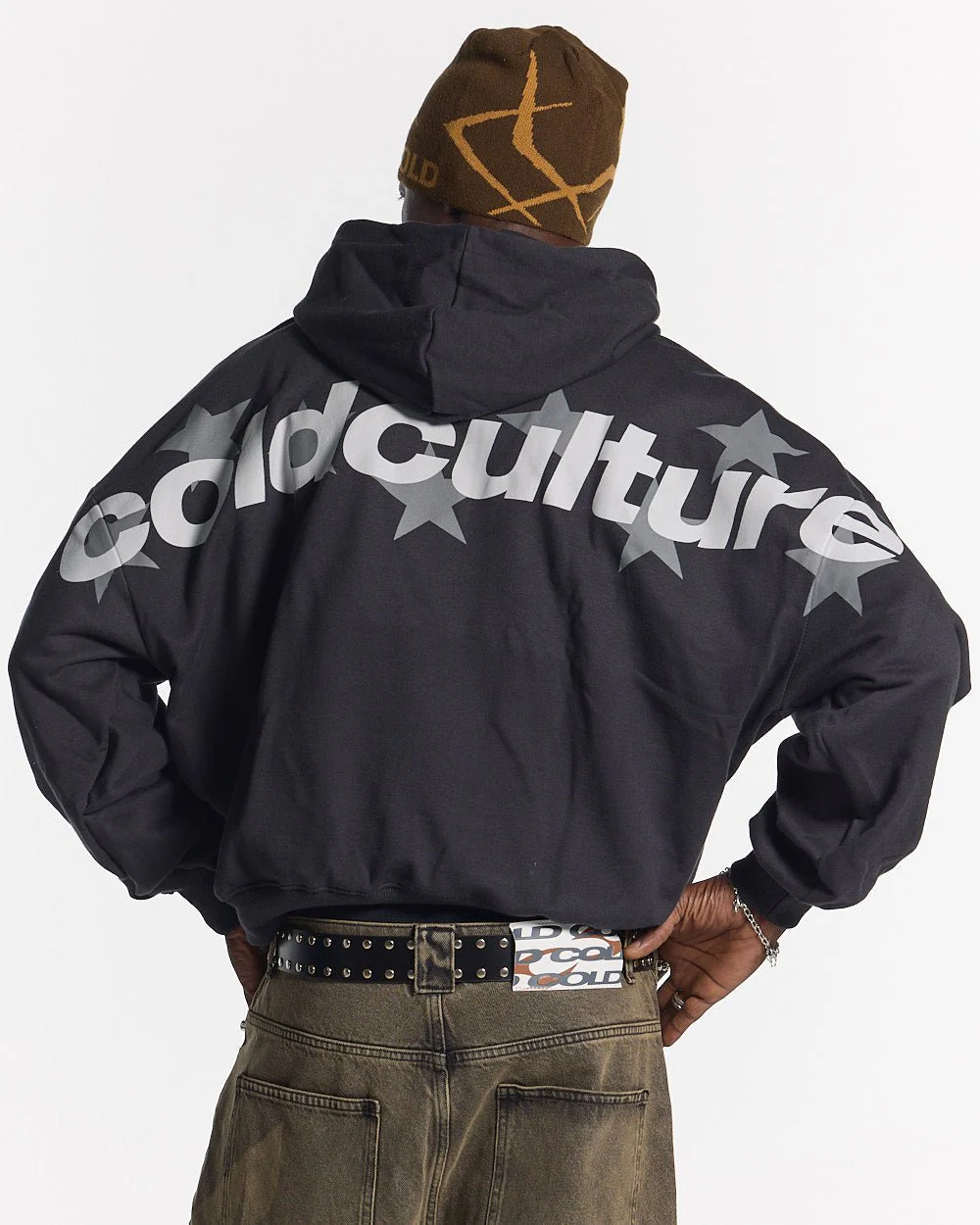
Introduction
In the ever-evolving world of streetwear, one trend continues to dominate closets, runways, and social feeds: cold culture sweatpants. What was once a simple piece of loungewear has transformed into a cultural statement—an essential fusion of comfort, attitude, and modern aesthetics. Today’s consumers want more than clothing; they want identity. And in many ways, cold culture sweatpants represent exactly that.
From their relaxed silhouettes to their clean yet bold styling, these sweatpants define a lifestyle that values coziness as much as confidence. Below, we explore how they became a fashion staple, why they stand apart, and what makes them a must-have in the current era of style.
A New Era of Comfort Meets Street Influence
Comfort has always been at the center of sweatpants, but cold culture sweatpants elevate this idea with a sense of intentional design. Unlike traditional joggers, they’re crafted not just for lounging but for everyday wear, movement, and expression. The rise of work-from-home culture and the blending of casual and upscale fashion opened the door for this shift.
The charm of these sweatpants lies in their ability to merge softness, practicality, and street attitude into a single piece of clothing. They’re stylish enough for a café meetup, durable enough for a long day out, and comfortable enough for a cozy night in. This balance is the reason they’ve become a go-to choice for fashion-driven individuals.
Why Cold Culture Sweatpants Stand Out
1. Premium Fabrics That Last
One of the defining elements of cold culture sweatpants is the attention to fabric quality. These pieces often feature heavyweight cotton blends, brushed fleece interiors, and durable stitching that maintains shape over time. The material isn’t just soft—it’s built to withstand everyday wear while still feeling luxurious.
2. Minimalist Yet Impactful Design
The best streetwear doesn’t scream; it speaks. Cold culture sweatpants follow this philosophy by embracing minimal branding, neutral tones, and clean silhouettes. This allows wearers to style them effortlessly while still making a statement. The simplicity is intentional and powerful.
3. Versatility for Any Setting
Whether paired with an oversized hoodie, a cropped top, a graphic tee, or even a structured jacket, these sweatpants adapt to nearly any outfit. Their versatility is what makes them a staple in both casual and slightly elevated looks. Fashion lovers appreciate pieces that travel effortlessly between different styles and moods.
The Cultural Impact Behind the Trend
Streetwear has always been tied to identity music, art, skate culture, sports, and youth rebellion. Cold culture sweatpants represent a modern chapter of that story. They reflect the current wave of street style where authenticity, comfort, and self-expression matter above all.
Influencers, creatives, and athletes have embraced these sweatpants not because they’re trendy, but because they align with a lifestyle centered on freedom and individuality. When someone pulls on a pair, they’re not just choosing clothing—they’re stepping into a community that values originality.
The Perfect Fit: What Buyers Look For
To understand the appeal of cold culture sweatpants, it’s important to examine how they fit into modern fashion expectations. Today’s buyers look for:
- A relaxed yet structured fit: Not too baggy, not too tight just the right blend that enhances movement while still looking sharp.
- High-quality waistbands and cuffs: Elastic waistbands that don’t roll, drawstrings that don’t fray, and cuffs that maintain shape make all the difference.
- Functional details: Deep pockets, clean seams, and reinforced stitching elevate the experience from simple sweatpants to a premium wardrobe essential.
- A flattering silhouette: The tapered leg design found in many cold culture variations offers a polished look without sacrificing comfort.
These details make the difference between ordinary sweatpants and ones that feel like a lifestyle upgrade.
How to Style Cold Culture Sweatpants
Even though they’ve become a fashion staple, many people still ask: how do I style them without looking too casual? Thankfully, their versatility makes it easy. Here are some effortless ways to elevate your look:
- Street Casual: Pair your cold culture sweatpants with a boxy graphic tee and sneakers. Add a cap or crossbody bag for a classic streetwear vibe.
- Athleisure Chic: Combine them with a fitted tank, cropped hoodie, and athletic shoes—perfect for a gym day or a laid-back errand run.
- Minimalist Everyday Look: Wear a neutral oversized sweatshirt or crewneck for a clean, modern aesthetic. The simplicity speaks for itself.
- Elevated Urban Fit: Match your sweatpants with a structured jacket or bomber and a pair of clean kicks. This creates a bold contrast between casual and refined styles.
Why They Continue to Dominate Fashion Trends
The fashion landscape today is deeply influenced by lifestyle shifts. People care about how their clothes feel as much as how they look. The rise of hybrid work environments and the growing appreciation for minimalism have pushed comfort-driven pieces into the spotlight.
Cold culture sweatpants offer an answer to this new demand: clothing that adapts to your life instead of confining it. They give you the confidence to move freely and the style to stand out without trying too hard.
The Future of Cold Culture Sweatpants
As streetwear continues to evolve, sweatpants—particularly those with a cold culture aesthetic—are expected to grow even more popular. Their enduring appeal comes from their fusion of form and function. They aren’t just a passing trend; they’re becoming a permanent part of modern fashion.
With innovations in fabric technology, new silhouettes, and expanding cultural influence, these sweatpants will remain a core staple for years to come. Whether you’re a streetwear enthusiast, a comfort lover, or someone who simply appreciates high-quality wardrobe essentials, this is one trend that deserves a spot in your closet.
Final Thoughts
Cold culture sweatpants are more than just bottoms—they’re a statement of who we are in today’s world. They represent comfort, confidence, and a culture where authenticity is celebrated. With their premium materials, versatile designs, and effortless appeal, it’s no surprise they’ve become a global favorite.
-
Business2 years ago
Cybersecurity Consulting Company SequelNet Provides Critical IT Support Services to Medical Billing Firm, Medical Optimum
-
Business2 years ago
Team Communication Software Transforms Operations at Finance Innovate
-
Business3 years ago
Project Management Tool Transforms Long Island Business
-
Business2 years ago
How Alleviate Poverty Utilized IPPBX’s All-in-One Solution to Transform Lives in New York City
-
health3 years ago
Breast Cancer: The Imperative Role of Mammograms in Screening and Early Detection
-
Sports3 years ago
Unstoppable Collaboration: D.C.’s Citi Open and Silicon Valley Classic Unite to Propel Women’s Tennis to New Heights
-
Art /Entertainment3 years ago
Embracing Renewal: Sizdabedar Celebrations Unite Iranians in New York’s Eisenhower Park
-
Finance3 years ago
The Benefits of Starting a Side Hustle for Financial Freedom



